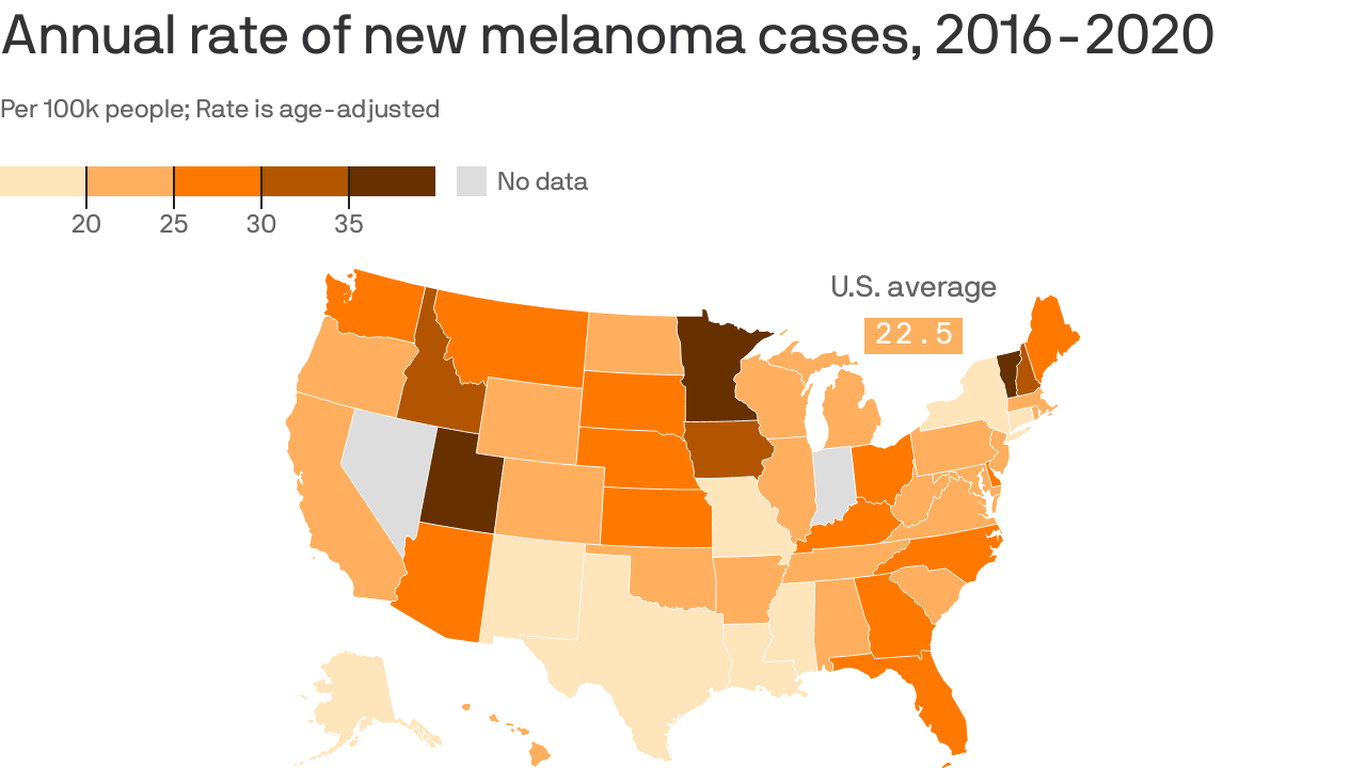
Title: New Treatment Options for Skin Cancer: A Game Changer
Skin cancer is the most common form of cancer in the United States, with around 9,500 people diagnosed every day.
According to the American Cancer Society, basal and squamous cell skin cancers are the most common forms of skin cancer diagnosed. While they are mostly treatable and curable, melanoma skin cancer is deadly and kills more than 8,000 people every year.
With people living longer, doctors say that the incidence of skin cancer is not going away anytime soon. Therefore, it's crucial to explore new treatment options for this prevalent disease.
Recently, Olmsted Medical Center in Rochester, Minnesota introduced a new way to treat non-melanoma cancers called Image-Guided Superficial Radiotherapy (IG-SRT). This non-surgical treatment uses low level radiation to kill cancer cells and is less invasive than surgery. It requires no cutting and leaves the skin intact.
Dr. Jenna Aird, a dermatologist at Olmsted Medical Center, explains that IG-SRT is a small dose of radiation given three times a week for a few weeks. The treatment area includes the site of the skin cancer plus some surrounding tissue.
IG-SRT offers several advantages over traditional surgery. It's non-painful and allows patients to have more flexibility with regards to wound healing and no scarring. Moreover, it's an excellent option for those who don't want to undergo a painful surgical procedure.
Meanwhile, advancements in systemic therapy for melanoma continue to provide tumor regression and long-term durable cancer control in nearly 50% of patients. At least a dozen new drugs have earned FDA approval for treating unresectable melanoma since 2011.
Immunotherapy and targeted therapies have revolutionized the treatment of melanoma, increasing median survival from 6 months to nearly 6 years for inoperable stage IV disease.
The American Society of Clinical Oncology (ASCO) published guidelines for systemic treatment of melanoma in adults in 2020, which were updated with new randomized trials in 2023. These guidelines cover neoadjuvant therapy for resectable cutaneous melanoma, adjuvant therapy for resected cutaneous melanoma (Stage II, III, and IV), and systemic therapy for unresectable and/or metastatic cutaneous melanoma.
However, it's essential to note that more sun exposure increases the risk of developing both basal cell and squamous cell skin cancers. Therefore, wearing a high SPF sunscreen is crucial for preventing skin cancer and protecting against wrinkles and discoloration.
In conclusion, new treatment options like IG-SRT offer less invasive alternatives to traditional surgery for non-melanoma cancers. Meanwhile, advancements in systemic therapy continue to provide effective treatments for melanoma. By staying informed about these developments and practicing sun safety, we can reduce the impact of skin cancer on our lives.


